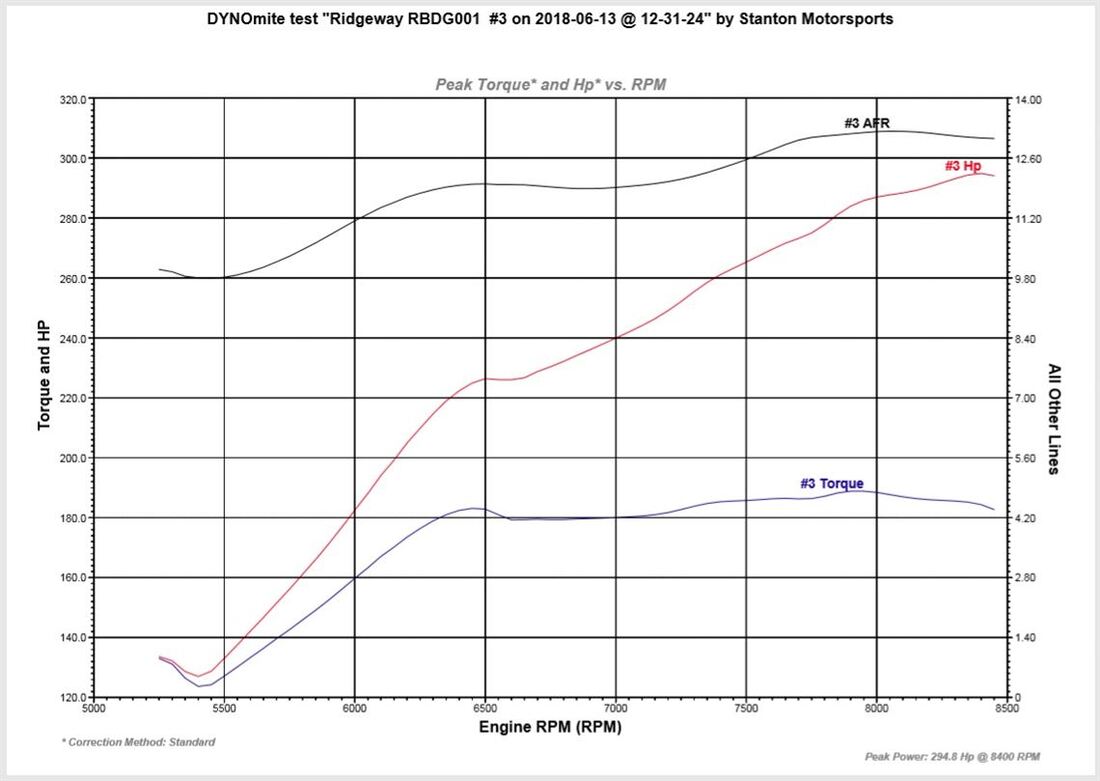The "5th Cycle" was a marketing term coined by Ed Iskendarian "Isky Cams" (he's a 100 years old now). To quote another cam designer, "Ed was once asked what his "5th cycle" cams provide, and he said something like "about $100k a year". He was a master salesman."
Vizard has a process for selecting camshafts that he markets and sells by determining the overlap "needed", and then coming up with a lobe centerline, before anything else. There isn't a single cam designer / grinder who agrees with him and despite a lot of smart people telling him it's the events that matter and overlap is just a function of that, he won't budge. He partly (from what I can see) based this on misreading a pressure graph where it showed cylinder depression is highest at overlap, but it was referenced to the port, not atmosphere (it was even pointed out by the guy who sells the equipment). This also gets into his theories on "low lift flow". I've got nothing against the guy, but he's incorrect on this and has been politely told that.
If air slams into the back of the valve, then you closed the valve too early

. Done correctly, there is always some amount of reverse flow happening the vicinity of the valve seat. Simulated and measured mass traces make this obvious. The slamming into the back of the valve appears in magazines in the hot rod communities, but it isn't backed up anywhere in real engineering texts.
Here are some old mass trace sims I made (with different valve closing and openings (same cam, just changed centerline):
Intake:

Exhaust:

Duckworth was the first to weaponize it and recognize how important it was.








